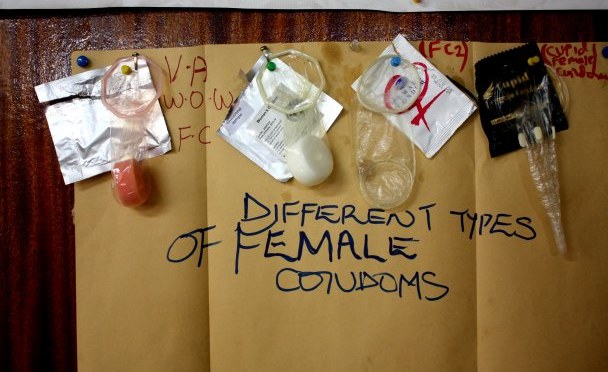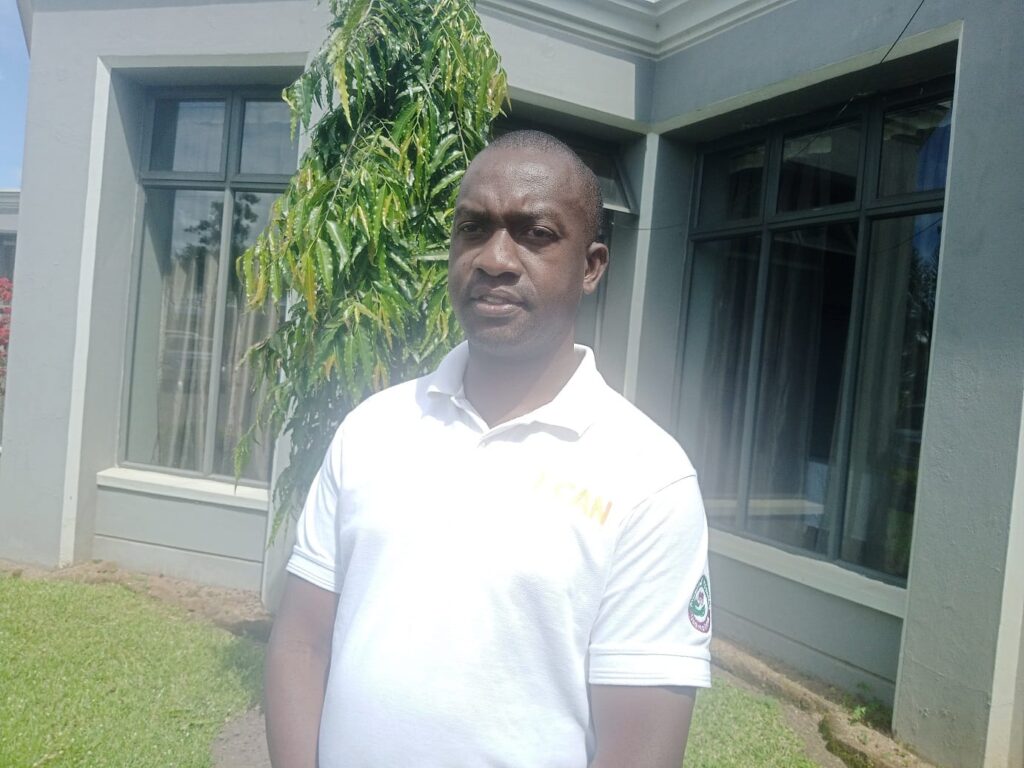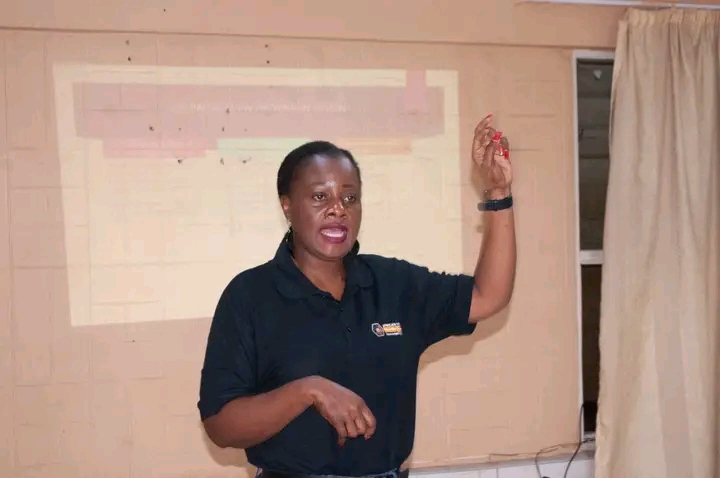By Thumbiko Nyirongo, Contributor

Malawi launched female condom (FC) in 2008 amid high hopes that it would empower women to have more control in their sexual relationships and better protection against sexually transmitted infections (STIs) such as HIV/AIDS.
Evidence suggests that condoms have averted over 100 million infections globally since the onset of the HIV epidemic, with over 117,000 infections averted in Malawi between 2010 and 2022 thus according to Goals Model 2023.
However, 16-years-down the calendar female condoms usage remains a far-fetched dream for Malawi, as its usage among sexual active women and girls remains relatively low; a development which puts them at a high risk of contracting STIs and unplanned pregnancies.
Of late, Chiradzulu District Health Office through its Condoms Distribution Officer, Glory Shaba revealed to a local radio Capital FM that females condoms at the facility expires before being used as most ladies are reluctant to collect them at various health facilities and condom distribution centers across the district.
The female condom (FC) is the only woman-initiated option that offers triple protection against unintended pregnancy, HIV, and other sexually transmitted infections (STIs).
Historically, the female condom has been underfunded and underused, falling victim to a cycle of limited promotion and demand generation, low availability, and higher manufacturing costs compared to other methods.
In a random interview with Malawi Voice most sexual active women and girls in Chiradzulu indicated that they have never used a female condom nor seen it, more shocking revelation is that many have never heard about it.

Charity Ching’ombe a 34-year-old woman from Masanjala Village, Traditional Authority (TA) Kadawere from the district is one of them who has never seen a female condom in her entire life.
“Kondomu ya chizimayi? (a female condom?), I have never seen a female condom before,” said Charity, adding that it her sexual partner who decides on whether to use a protection or not, she says: “My partner decides, I can’t tell him to use a condom or not.”
Rebecca Phiri (not real name), who is student at Magomero Development Institute in the district, in an interview said she stopped using female condoms because her sexual partners complained that a female condom is “noisy during sexual intercourse”.
But Annie Mangwaya who stands as a female condoms ambassador from M’jagaja Village in the area of TA Chatera in Chiradzulu, who is also a seasoned village marriage councillor, said her and her husband uses female condoms and she encouraged other couples to emulate.
Mangwawa, who uses women gatherings to encourage fellow women to use female condoms with their sexual partners as a weapon for protecting themselves from STs, strongly believes that civil education and outreach campaigns can help to increase the uptake of female condoms.
“Women need to be told how to use and where to access the female condoms; the female condoms should be given the same publicity as same that of a female condom,” said Mangwaya, who further said that her and her husband to she prefers the male condoms to female condoms because are readily available.
HIV Prevention and Management Officer for National AIDS Commission (NAC), Francis Mabedi says the low uptake of female condoms in the country is due to inadequate information.

Mabedi warned that low numbers of condom use (female and male), has a bearing in risks of getting new HIV infection, STIs and unplanned pregnancies.
“Number of female condoms being issued out in the country is less than 5%. Meaning to say female condoms are not being issued out compared to the male condoms that is both free and those that are sold.
This is being attributed to inadequate information that is available on the benefits of and use of female condoms,” said Mabedi
But wait a minute, despite various campaigns on female condoms a spot check in some of shops and clinics in both Chiradzulu and Blantyre revealed that female Condoms remains a “gold”, not easy to find as we only found male condoms on the shelf in most of the shops.
HIV Advocate and CHOICE Manifesto Campaigner, Ulanda Mtamba agrees that access to female condoms remains a challenge for many in the country.
“Access to condoms remains a challenge for many in Malawi, a situation that facilitates new infections that could have been prevented simply because condoms are not distributed to the last mile; the people and places that need them,” said Mtamba

The Revised and Extended National Strategic Plan for HIV and AIDS 2023-2027 set an ambitious target of reducing the total annual number of new HIV infections in Malawi to 7,700 in 2027 from 15,000 in 2023, and according to Mtamba the use of condom can help to reach this “ambitious target”.
“The use of male and female condoms and lubricants is one of the major cost-effective interventions that may contribute towards the achievement of this target, besides reducing the number of sexually transmitted infections and unplanned pregnancies therefore increasing access and promoting condom use to everyone who needs them everywhere will significantly reduce new HIV infections.
“Yet, previous surveys have shown low condom coverage among people engaging in high-risk sex. Inadequate and inconsistent supply of condoms and lubricants are some of the major factors associated with the low coverage,” said Mtamba
In 2022, according to the Malawi Population-based HIV Impact Assessment 2020-2021 report (MPHIA 2020-2021), only 107 million male condoms and 268,000 female condoms were distributed against the national target of 155 million.
After all is said and done, a billion question remains, how can Malawi embrace female condoms? According to Mtamba investing more in female condom programming is the only viable way of marketing female condom in the country.
“We need to strengthen the capacity of local stakeholders to implement condom-specific programs and fund the programs and also raise more awareness and create demand for female condoms ranging from mass media, online campaigns, and more,” Mtamba suggested.
Malawi is among the countries with the highest new HIV infections annually and as of 2023, the number of new HIV infections was at 15,000 after missing the 11,000 targets in 2020.


